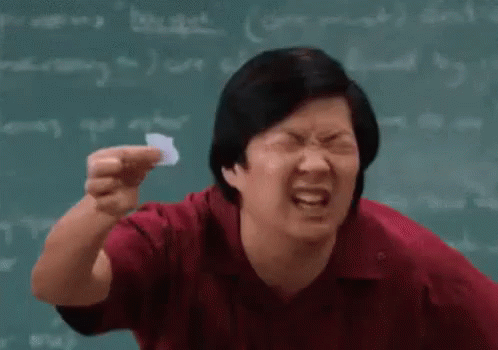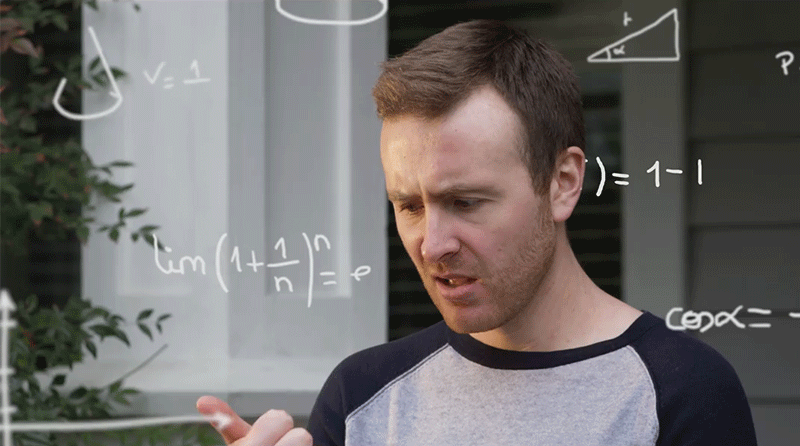Also our book for this class was called Subjects Matter, and it was a very enjoyable read especially since we did not have to read the entire book. We only read what was necessary to our learning on strategies and literacy skills in math and science. We got to read books and find workbook pages to determine what skills were necessary to read and understand those passages. Many times we found that math and science problems need evaluating and analyzing skills that many students do not know how to do. These in-class activities were always shocking to me when I saw how necessary reading was. One time, we looked at standardized testing and the need to teach students how to take these sorts of tests. There were so many problems that we annotated and looked at what literacy skills students needed other than that specific content. We also learned very practical ways to implement these literacy skills into class.
The first way was book clubs which I think were really fun and students would love, however it also is the one activity that I think would be the hardest to do in my own math classroom. I enjoyed learning about book clubs, but probably not my favorite one to use in the future. I do think that the podcasts we created though are a great use of technology to use in class. I would definitely use this in my future classroom. All of these super amazing examples of what to use in class is why I feel as though this was the best class I took. My students will benefit from my knowledge I gained in taking this course.
Also our professor was the most engaging teacher I've ever had in college! I really learned so much through watching and observing his actions as a teacher. He was friendly and made us feel welcome and happy in this class.
Word Count: 512







 Word Count: 134
Word Count: 134
